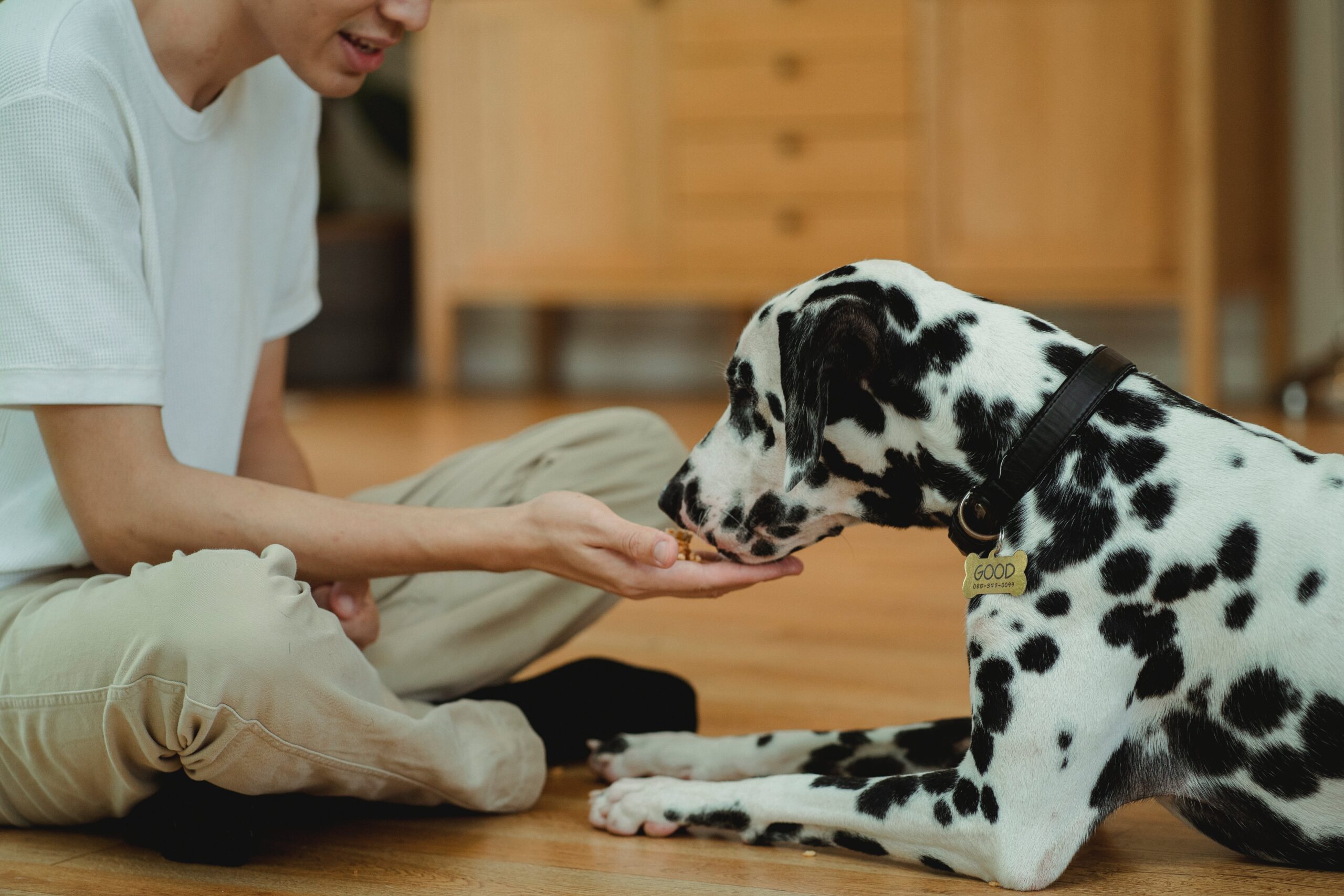Most people are aware that dogs and children can be a volatile mix, and precautions must be taken to protect kids from dogs. Regrettably, some kids are bitten, and even more, are scared or hurt by dogs chasing them or jumping up on them.
“Our dog bit our son completely out of the blue! There is no way we could have seen it coming” is a common sentiment animal behaviors and trainers hear all the time. It’s not true. Dogs rarely, if ever, bite without warnings, and sometimes those signs of trouble have been going on for months or even years before the bite happens.
Here are a few examples of things people actual people have told me they do to their dogs:
- They follow him to pet him constantly
- They dress him up
- They make a game of jumping over him
- They use him like a pillow
- They carry him around a lot
- They poke him in the eye
- They pull his tail
- They scream in his ear to wake him up
- They try to ride him like a horse
People should be tremendously grateful to the enormous numbers of dogs who react peacefully to kids in these situations who are a bit rough, totally thoughtless or even downright cruel.
GET THE BARK NEWSLETTER IN YOUR INBOX!
Sign up and get the answers to your questions.
Dog Bite Statistics
Most dog bites on kids come from the child’s own dog or the dog of a friend. In fact, this is true 77 percent of the time. The goal of keeping kids safe around dogs involves education so that people of all ages understand dogs better. It’s important that kids know how to act around dogs and that everyone in the family can distinguish happy, relaxed dogs from dogs who are nervous or uncomfortable.
Preventing Dog Bites
The problem isn’t unpredictable dogs. It’s misunderstood dogs. Dogs are often trying hard to communicate that they are uncomfortable or that they don’t like what kids are doing to them. If nobody understands those messages, the dogs continue to be in situations that make them unhappy, and some of those dogs may end up biting. The ASPCA recommends a few tips to help prevent dog bites:
- Ask first before petting a dog. When meeting an unfamiliar dog, don’t reach out to pet her. First, ask her pet parent, “May I pet your dog?” A strange hand in a dog’s face may scare her, leading to a bite.
- After you receive permission to pet a dog, let her sniff your closed hand. Then, you may proceed to pet her shoulders or chest. Avoid petting the top of the dog’s head.
- Don’t touch a dog who is sleeping, eating or chewing a toy. Respect her space, as startled dogs are more likely to bite.
- Avoid dogs who are barking or growling. It is also best to steer clear of dogs who are loose, behind a fence or tied up.
- If an unknown dog approaches you, stay quiet and still. Do not run or scream.
- Don’t approach a dog who is tied out on a rope or chain.
- Dogs don’t like to be hugged.
- Don’t kiss dogs.
- Don’t stare at a dog.
- A wagging tail does not mean that a dog is friendly.
- Leave dogs alone when they are eating or chewing something.


